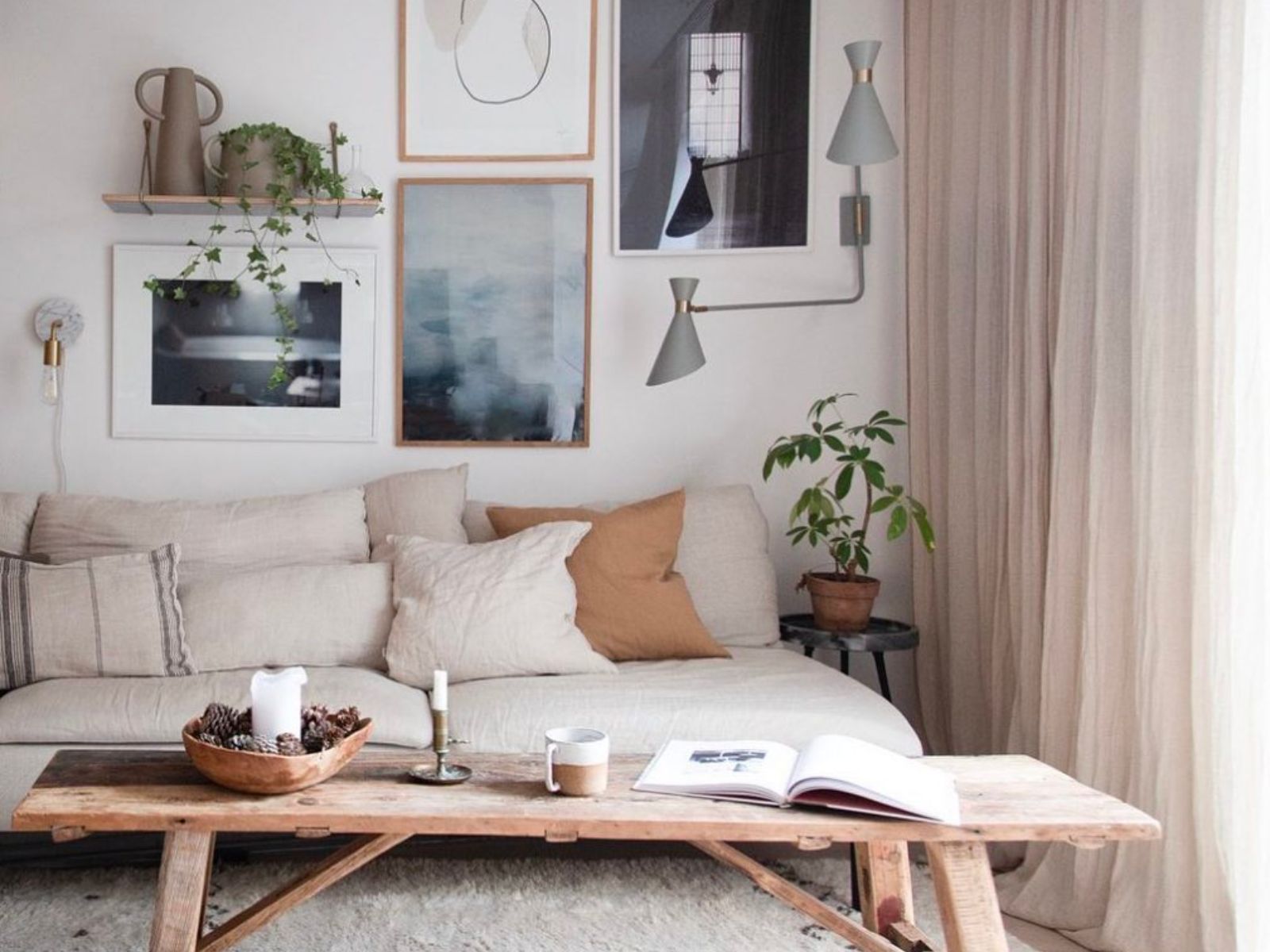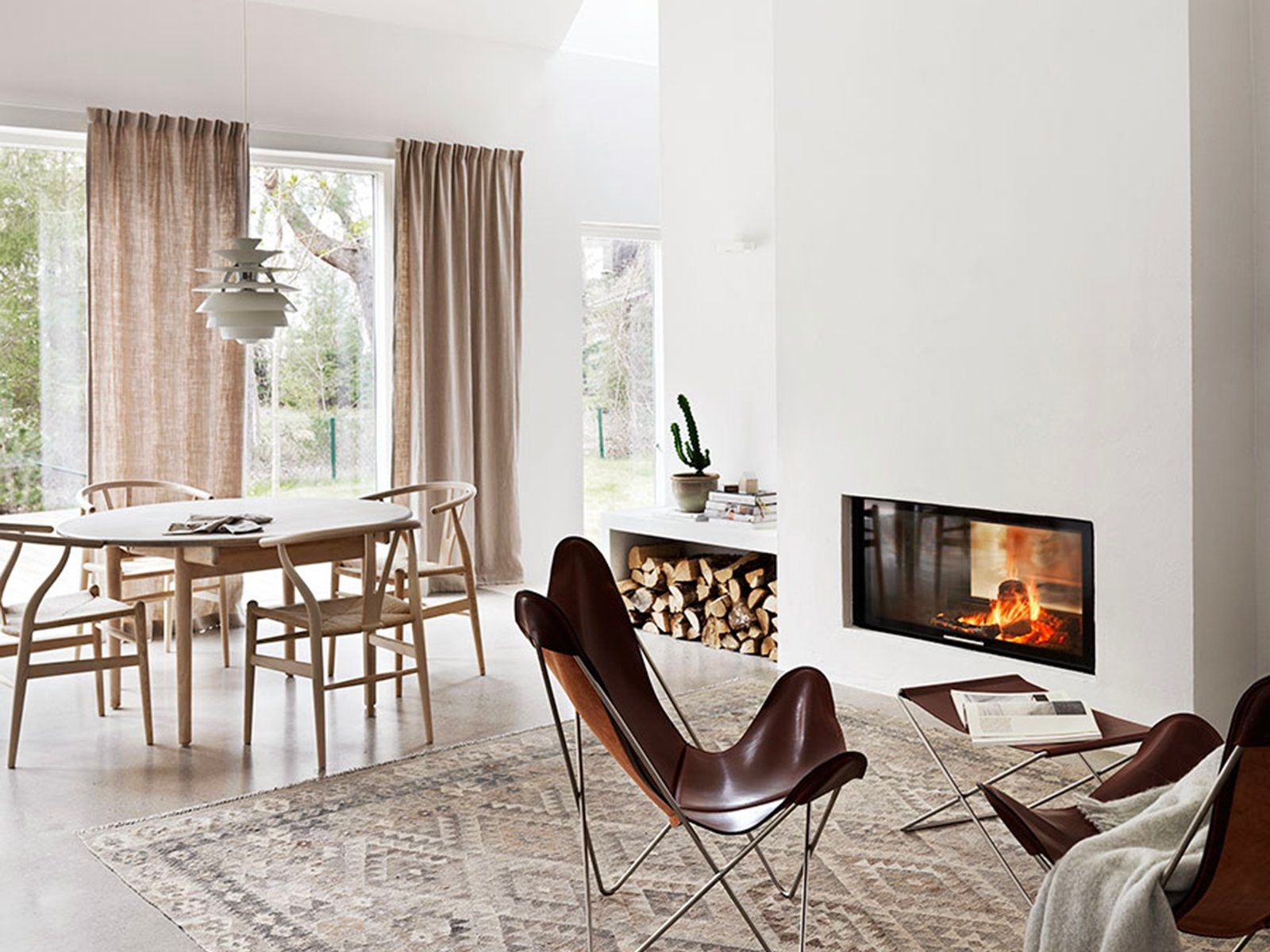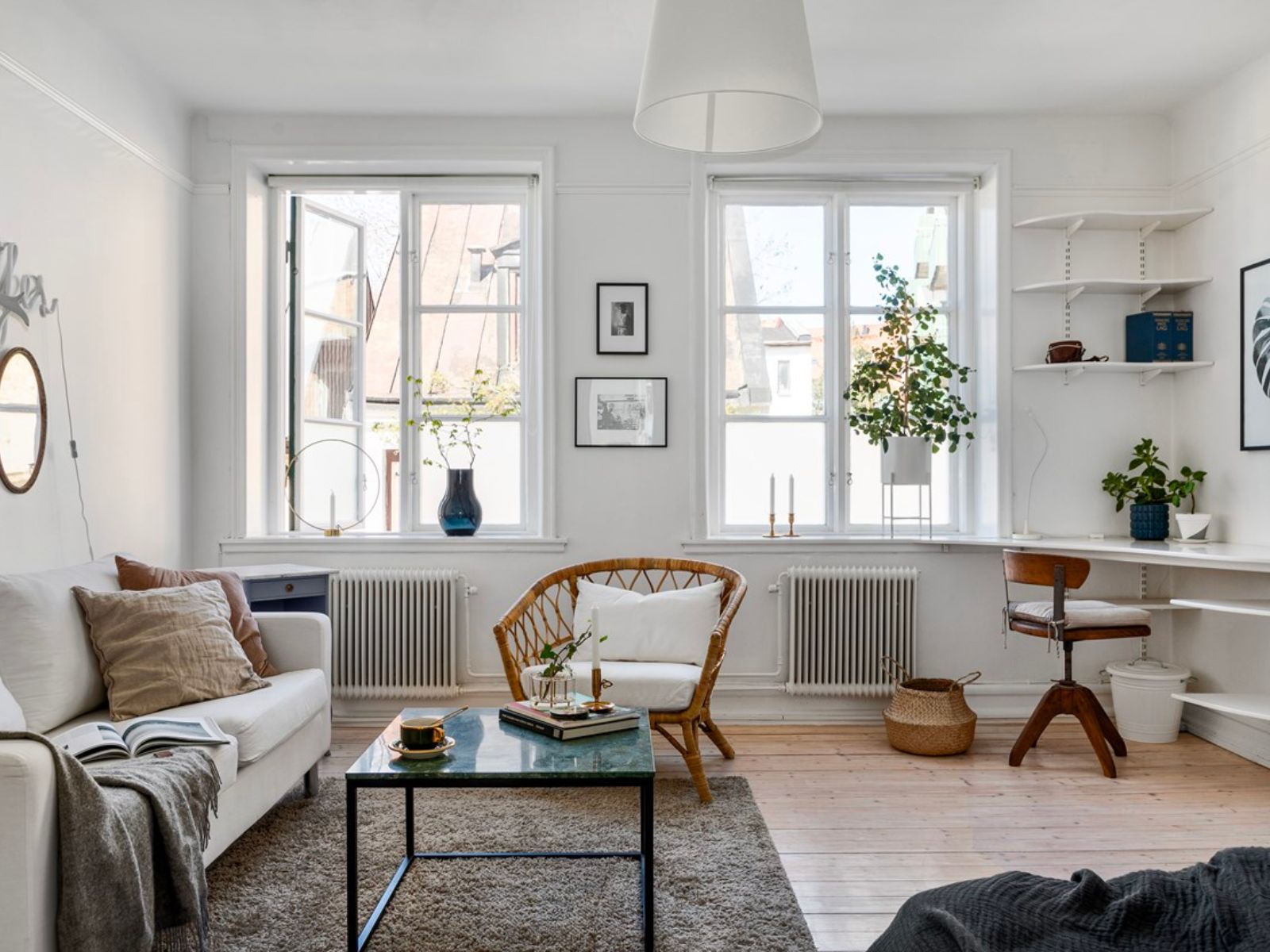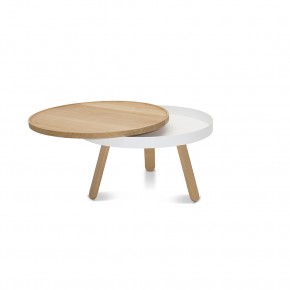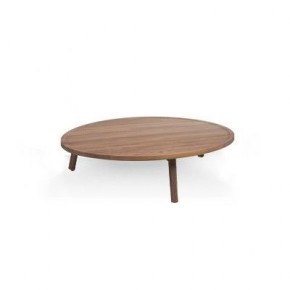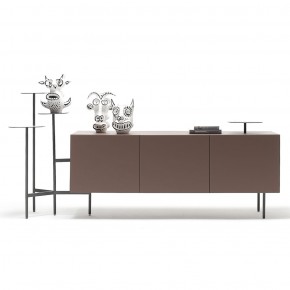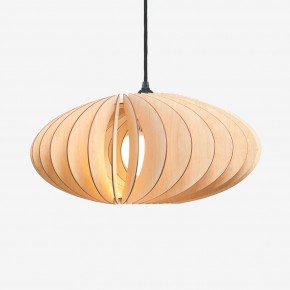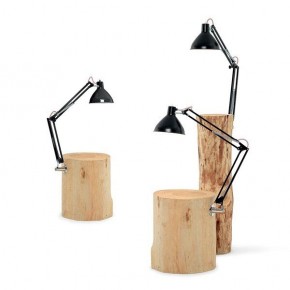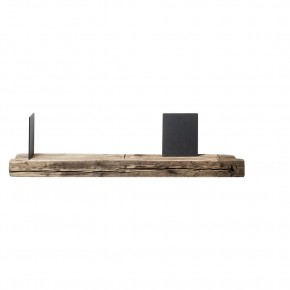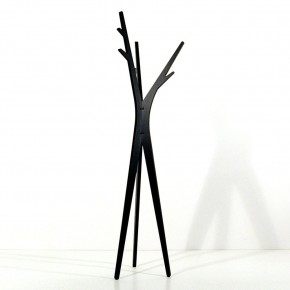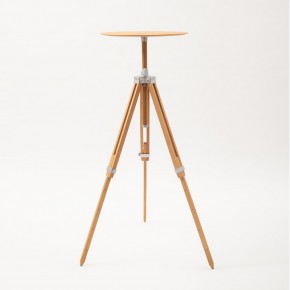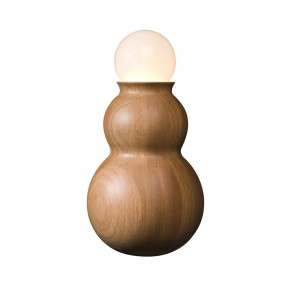- Furniture
- 11002 views
Nordic furnishing: rules, tips and ideas
Footer Info
Orginal products
At AGOF Store, authenticity comes first. We exclusively offer original pieces from the world’s most renowned design brands. Every product is delivered with official certificates and brand warranties — your guarantee of genuine quality and lasting value.
Shopping at AGOF Store means you're covered every step of the way — from order to delivery. Should anything go wrong, our customer care team will step in immediately to resolve the issue or replace the item at no extra cost.
All shipments are fully trackable and handled by trusted couriers. And if something unexpected happens during transit, we’ll take care of it directly with the courier — so you can simply relax and wait for your order to arrive.
newsletter_en
Sign up and receive an extra 5% discount
In addition to the extra discount, you will also receive an e-book of useful tips!


